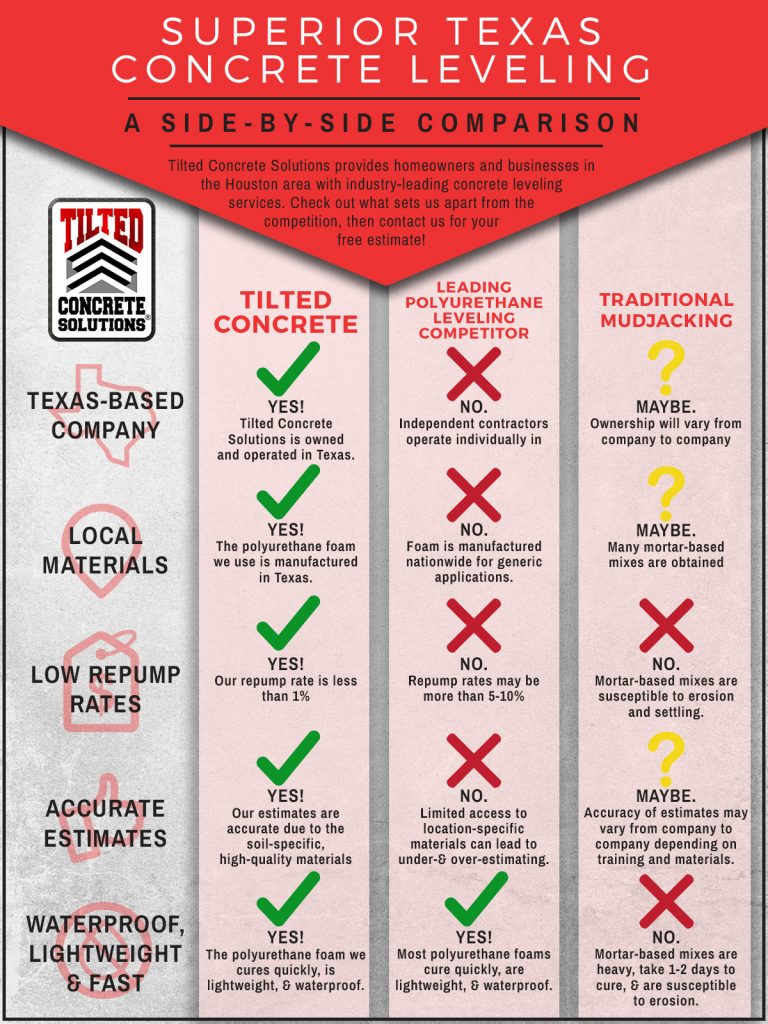Discover The Influence Of Weather On Your Exterior Painting Job For A Remarkable Surface
Discover The Influence Of Weather On Your Exterior Painting Job For A Remarkable Surface
Blog Article
Personnel Writer-Dejesus Morin
Comprehending exactly how weather conditions can influence the outcome of an exterior paint venture is paramount for achieving a perfect surface. From temperature level changes modifying paint bond to moisture degrees impacting drying times, each element of climate plays a significant function in the success of your task. Moreover, interior painters plano texas and rainfall can introduce unanticipated difficulties that may compromise the high quality of the final result. As we browse with the nuances of climate's influence on outside painting, it comes to be obvious that thorough preparation and critical timing are essential for ensuring a specialist and durable end result.
Perfect Temperature Level Array for Paint
When taking into consideration exterior paint jobs, the optimal temperature level range plays an important function in accomplishing optimum outcomes. Painting in the ideal temperature level conditions guarantees that the paint adheres effectively to the surface area, dries evenly, and remedies properly. Normally, the advised temperature array for outside painting is between 50 to 85 levels Fahrenheit.
Paint in temperature levels below 50 degrees Fahrenheit can result in concerns such as poor paint bond, extended drying out times, and an increased possibility of fracturing or peeling.
On the other hand, painting in temperature levels above 85 levels Fahrenheit can cause the paint to completely dry too swiftly, causing blistering, gurgling, and an uneven finish.
To achieve the most effective results, it is important to inspect the weather report prior to starting an external paint job. Ideally, https://keeganebmir.blue-blogs.com/36573993/transform-your-room-innovative-accent-wall-concepts to paint throughout light weather conditions with modest temperature levels and low humidity degrees.
Results of Moisture on Paint Drying
Moisture degrees dramatically impact the drying process of paint related to exterior surfaces. High moisture can extend the drying out time of paint, bring about potential concerns such as dripping, spotting, or even the formation of bubbles on the repainted surface. Excess moisture in the air reduces the dissipation of water from the paint, impeding the treating procedure. This is especially problematic for water-based paints, as they count on evaporation for drying.
On the other hand, low humidity degrees can also influence paint drying out. Incredibly dry conditions might cause the paint to dry as well quickly, causing bad bond and a harsh finish. In such cases, including a paint conditioner or splashing a fine haze of water airborne can aid control moisture degrees and enhance the paint result.
To ensure optimal drying conditions, it is recommended to paint when the humidity degrees vary in between 40% and 50%.
Tracking moisture levels and taking suitable steps can aid attain a smooth and sturdy paint coating on exterior surfaces.
Wind and Rainfall Considerations
Wind speed and precipitation are important elements that dramatically affect the success of an outside paint task.
When it pertains to wind, both speed and direction are essential factors to consider. High wind rates can trigger paint to dry as well quickly, resulting in a substandard do with prospective problems like splitting or uneven texture. Furthermore, wind can carry debris that might follow the damp paint, resulting in flaws. Consequently, painters ought to aim to service days with light to moderate winds for ideal paint conditions.
On the other hand, precipitation, whether rainfall or snow, can be exceptionally destructive to the outcome of an exterior painting task. Moisture from rainfall can hinder paint adhesion, creating peeling off and bubbling over time. It is critical to stay clear of painting during stormy or snowy weather to ensure the longevity and quality of the paint work. https://professionalpaintersnearm77776.blogdosaga.com/29785272/transform-your-home-with-fashionable-interior-paint-shades-that-will-certainly-give-your-home-a-contemporary-touch-figure-out-the-secrets-to-easily-improving-your-atmosphere should likewise enable adequate time for the surface to completely dry completely after any kind of precipitation before starting or resuming the paint process.
Final thought
In conclusion, weather play a substantial function in the outcome of an external painting job. The ideal temperature level range, moisture levels, wind rate, and rainfall all contribute to the success or failing of the paint task.
It is essential to consider these factors and strategy as necessary to make certain proper paint bond, drying out times, and total quality of the ended up product.
